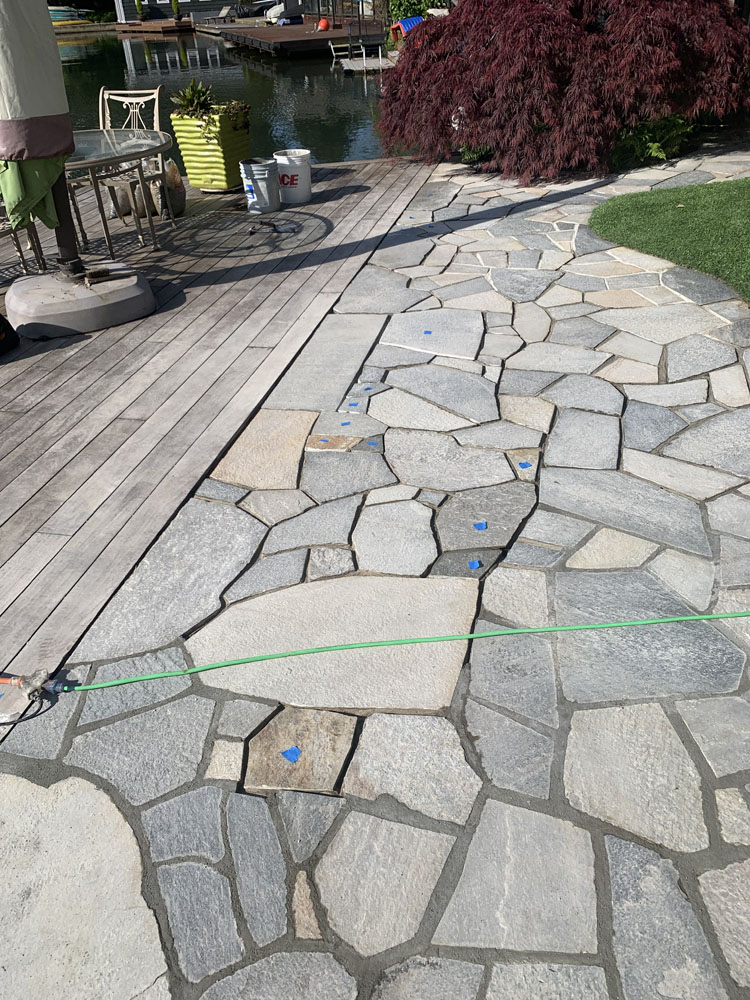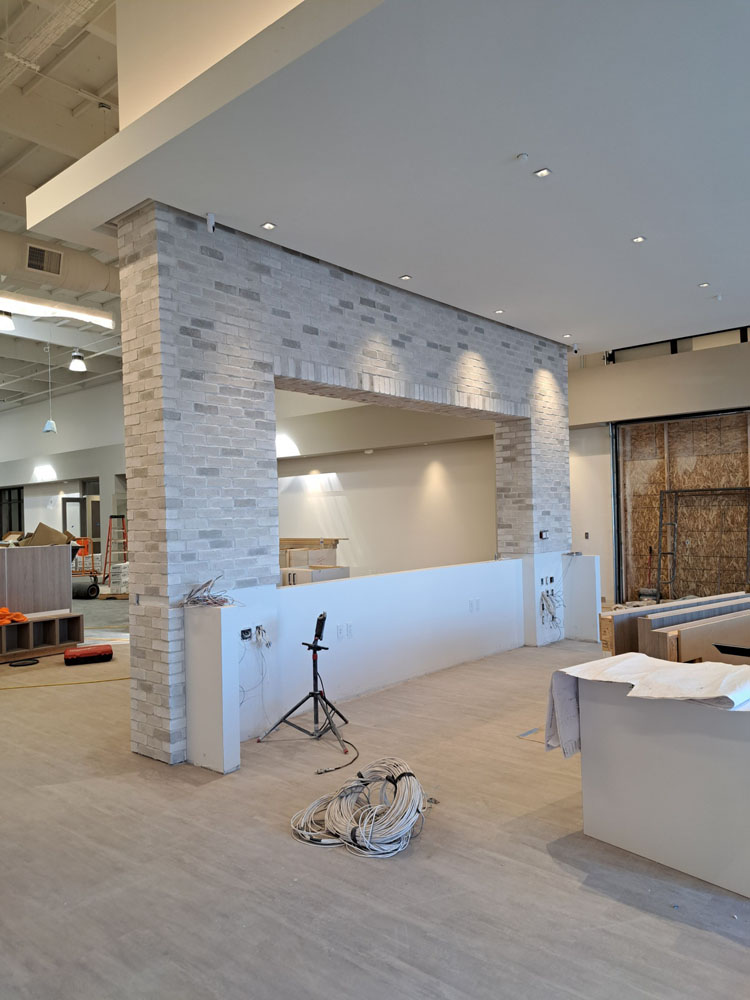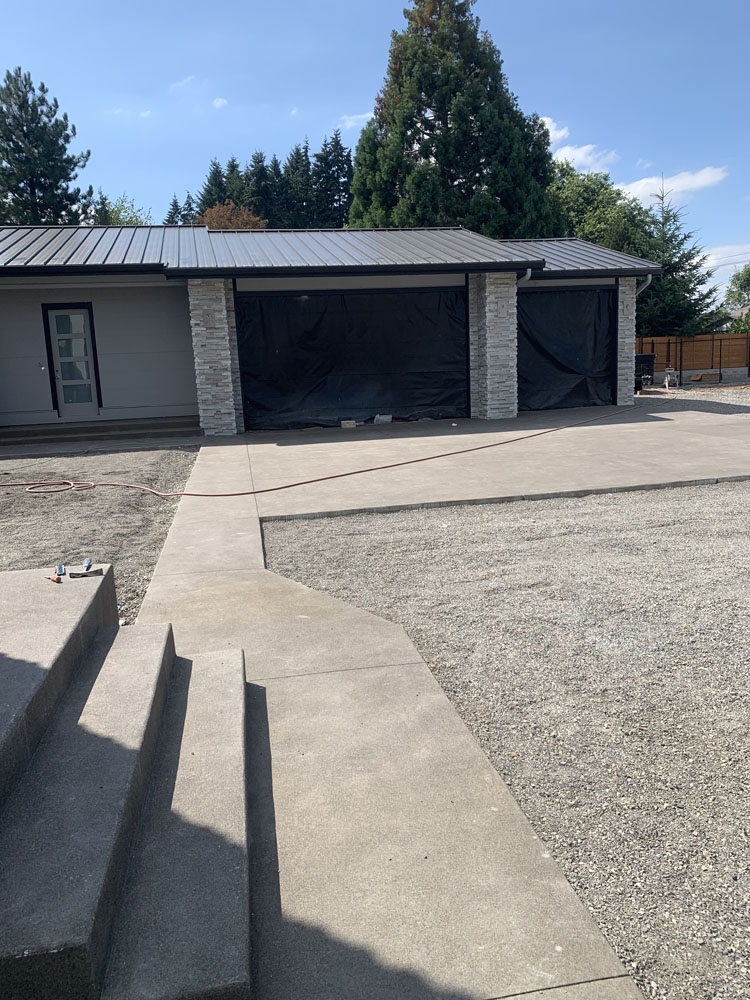Introduction
When it comes to enhancing your outdoor space, masonry walkways play a significant role in both functionality and aesthetics. However, while these walkways can provide elegance to your garden or patio, they can also pose safety risks if not properly designed and maintained. Ensuring that your masonry walkway is slip-resistant should be a priority for any homeowner. In this comprehensive guide, we will explore various aspects of creating and maintaining safe, slip-resistant masonry walkways. So, let’s dive into the world of safety-first masonry!
Safety First: Ensuring Your Masonry Walkway is Slip-Resistant
The Importance of Slip Resistance in Masonry Walkways
Slip resistance is essential for preventing accidents and injuries on any surface. A slip-resistant masonry walkway not only enhances safety but also boosts the overall appeal of your outdoor space.
Understanding Slip Hazards
Before we discuss how to ensure your masonry walkway is safe, it’s crucial to understand what constitutes a slip hazard. Wet surfaces, uneven stones, and debris can significantly increase the risk of slips and falls.
Materials Matter: Choosing the Right Stone for Your Walkway
The choice of materials directly impacts the slip-resistance of your masonry walkway. Some stones offer better grip than others. Let's look at some popular options.
Natural Stone vs. Manufactured Stone
Natural stones like slate or granite have inherent textures that enhance grip. Manufactured stones can be designed with surface treatments for improved safety.
Surface Texture: Why It Matters
Surface texture plays a critical role in determining how slip-resistant a walkway will be. A rougher texture generally provides better traction than a smooth one.
Slope and Drainage: Key Factors in Safety
The gradient of your walkway affects water drainage. A steep slope can lead to water pooling, increasing slip hazards.
Regular Maintenance: Keeping Your Walkway Safe
Regular maintenance is vital to preserve the integrity of your masonry walkway's slip resistance. This includes cleaning debris, sealing cracks, and inspecting for wear.
Cleaning Techniques for Masonry Walkways
Utilizing appropriate cleaning agents helps maintain the surface texture without causing damage.

Sealing Your Masonry Walkway
Sealing prevents moisture penetration which can weaken stone integrity over time.
Seasonal Considerations: Preparing for Winter Conditions
Winter presents unique challenges for outdoor walkways. Ice formation can make even the best masonry walkways dangerously slippery.
Effective Ice Prevention Methods
Using non-slip mats or applying sand or gravel can help mitigate ice formation on cold days.
Anti-Slip Treatments: Enhancing Your Walkway's Grip
There are various anti-slip coatings available that add an extra layer of protection against slips.
Types of Anti-Slip Coatings
From grit additives to epoxy coatings, there are numerous products specifically designed for enhancing grip on stone walkways.
DIY Solutions vs. Professional Help: What’s Best?
While some homeowners may opt for DIY https://ramosmasonry.com/ https://ramosmasonry.com/about-ramos-masonry-construction-company/ https://ramosmasonry.com/masonry-tips/ https://ramosmasonry.com/masonry-contractor-services/ Masonry Contractor solutions, professional installation often guarantees higher quality results when it comes to ensuring safety on masonry walkways.
Safety First Signage: Raising Awareness
Sometimes, simply informing people about potential slip hazards is all it takes to prevent accidents.
How Do I Assess My Existing Masonry Walkway?


Assessing the condition and safety measures of your existing walkway includes checking its material composition and identifying any visible hazards like moss growth or cracks that could lead to slips.
Safety First: Ensuring Your Masonry Walkway is Slip-Resistant – Design Considerations Design considerations are as important as material selection when it comes to creating a safe pathway.
Navigating Around Obstacles
Ensure that pathways do not have abrupt changes in elevation or unexpected turns near obstacles such as planters or trees.
Lighting Solutions
Adequate lighting improves visibility during nighttime walks along your stone walkway, reducing the chances of accidents caused by poor visibility.
What Are Common Mistakes When Installing Masonry Walkways?
Installing a masonry walkway involves various steps where mistakes can lead to unsafe conditions:
Incorrect Material Choice - Opting for aesthetically pleasing but slippery materials. Poor Drainage Planning - Not considering water flow during installation. Ignoring Seasonal Changes - Failing to prepare for varying weather conditions.Frequently Asked Questions (FAQs)
What materials are best for ensuring a slip-resistant masonry walkway?- Natural stones such as slate and granite offer excellent grip due to their textured surfaces.
- Yes! Many products are designed for easy DIY application; however, professional help ensures optimal results.
- Regular cleanings should be performed at least monthly; deeper maintenance like sealing should occur annually.
- Yes! Using non-slip mats or applying sand/gravel helps combat ice buildup during winter months.
- Look out for visible cracks, uneven surfaces, or excessive moss growth which could hinder traction.
- While not required, signage increases awareness about potential slip hazards enhancing overall safety.
Conclusion
In summary, maintaining a safe and inviting environment around your home starts with ensuring that your masonry walkways are well-designed and slip-resistant. From choosing the right materials and textures to regular maintenance practices—every detail counts when prioritizing safety first! With this guide in hand, you’re now equipped with the knowledge needed to enhance both functionality and aesthetic appeal while keeping slips at bay on those charming stone walkways you cherish so much!
By taking these precautions seriously and following best practices outlined above—your home will not just look great but feel safe too! After all—who doesn’t want that perfect blend of beauty AND security right outside their door?
This article has been crafted with care to ensure every homeowner understands the significance of making their environment safe through proper design choices regarding masonry walkways!